1. Introduction to Ophthalmology
– Overview of the anatomy and physiology of the eye, including key structures such as the cornea, lens, retina, and optic nerve.
– Understanding common ophthalmic terminologies and classifications of eye diseases.
2. Clinical Evaluation and Examination Techniques
– Proper methods for history-taking, focusing on symptoms such as visual disturbances, pain, and redness.
– Systematic approach to ophthalmic examination, including visual acuity assessment, slit-lamp biomicroscope, intraocular pressure measurement, and fundoscopy.
3. Common Ocular Disorders
– Identification and management of prevalent eye conditions, including refractive errors, cataracts, glaucoma, conjunctivitis, and retinal diseases.
– Importance of early detection and appropriate treatment strategies to prevent vision loss.
4. Diagnostic Tools and Imaging in Ophthalmology
– Utilization of diagnostic modalities such as optical coherence tomography (OCT), fluorescein angiography, and ultrasound B-scan for evaluating ocular pathology.
– Role of laboratory tests in diagnosing infectious and systemic ocular diseases.
5. Surgical and Non-Surgical Management
– Overview of medical treatments, including pharmacological therapies like antibiotics, anti-inflammatory drugs, and intraocular injections.
– Basics of surgical interventions such as cataract surgery, laser treatments, and corneal transplants.
6. Preventive Ophthalmology and Public Health
– Strategies for preventing eye diseases, including routine screenings, protective eyewear, and management of systemic conditions like diabetes and hypertension.
– Role of community ophthalmology in reducing preventable blindness through awareness programs and early intervention.

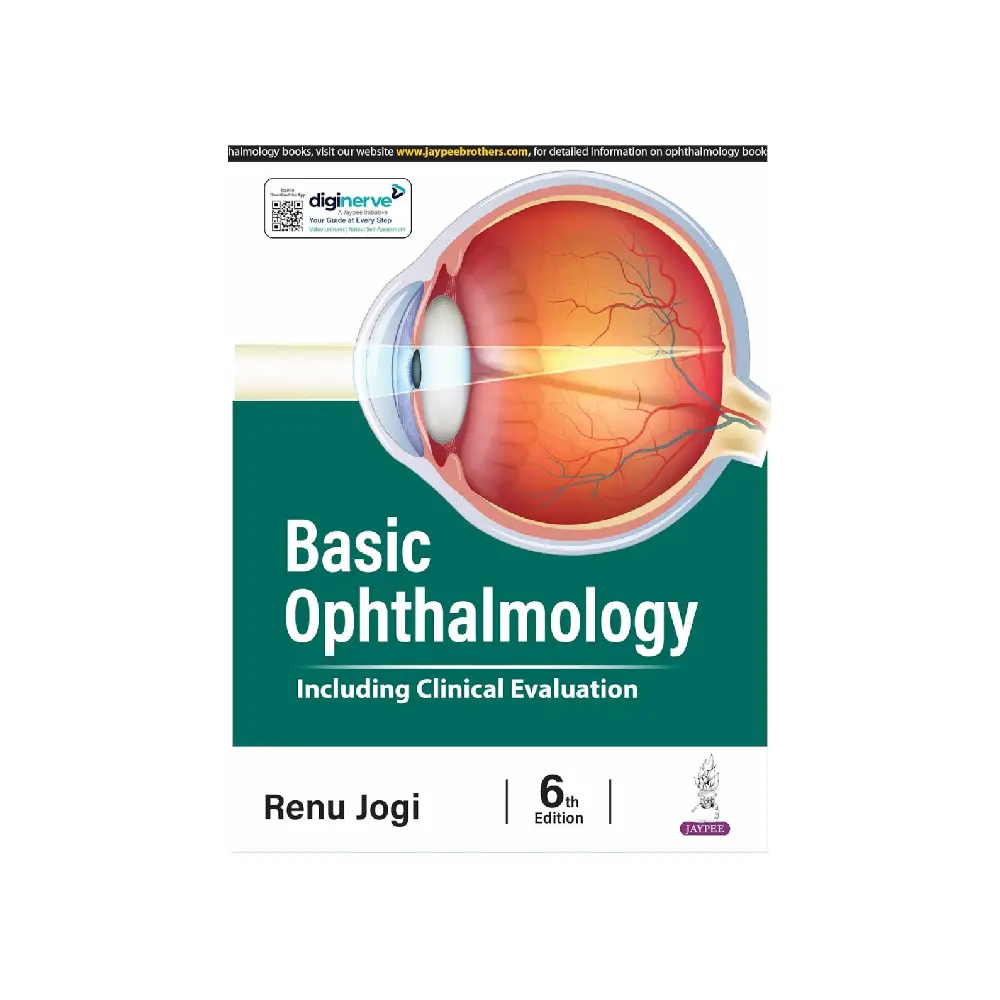




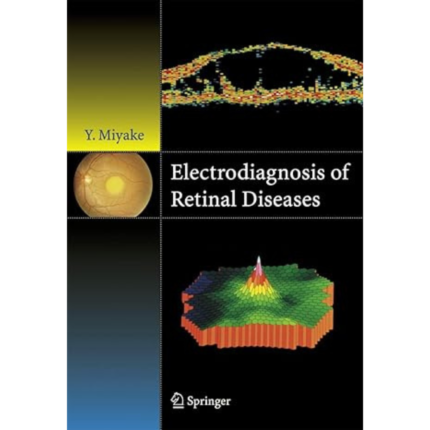
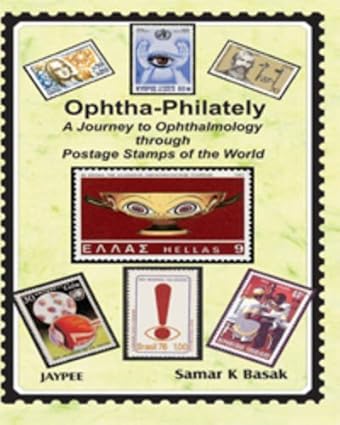

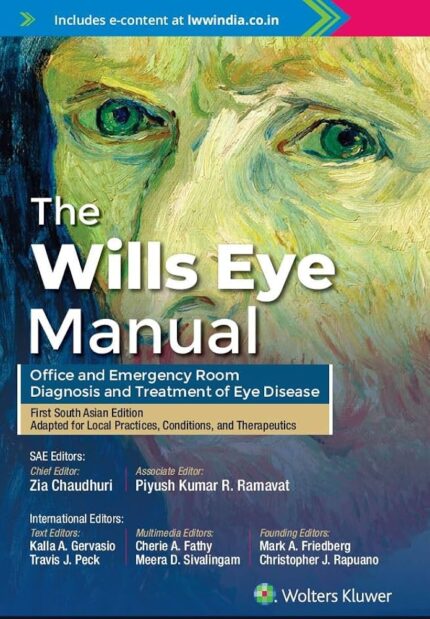
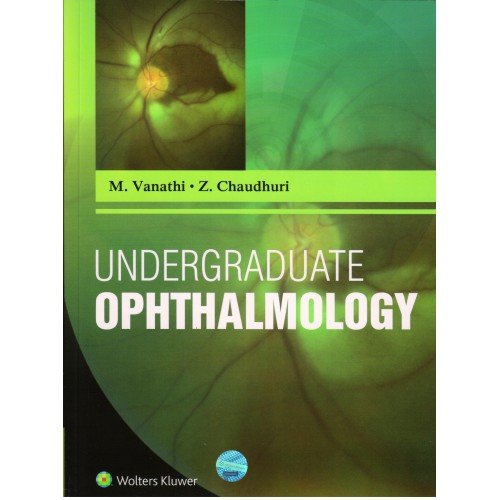
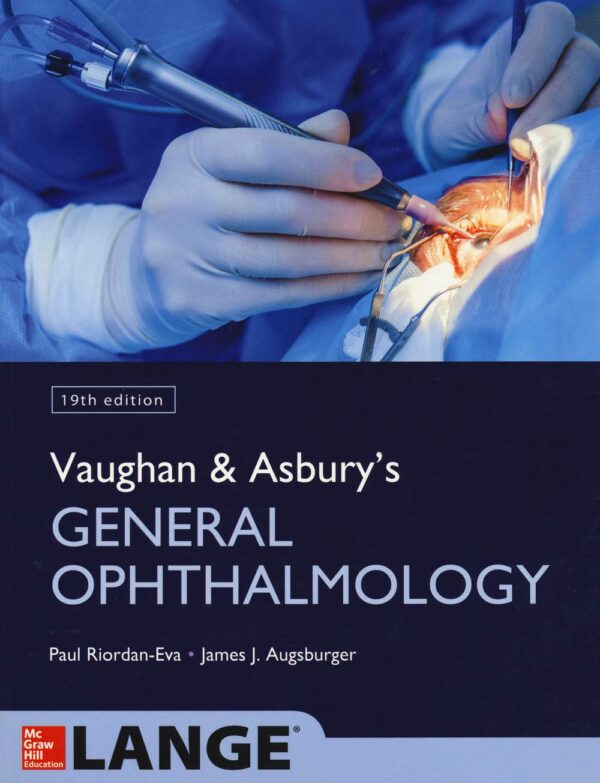
Reviews
There are no reviews yet.